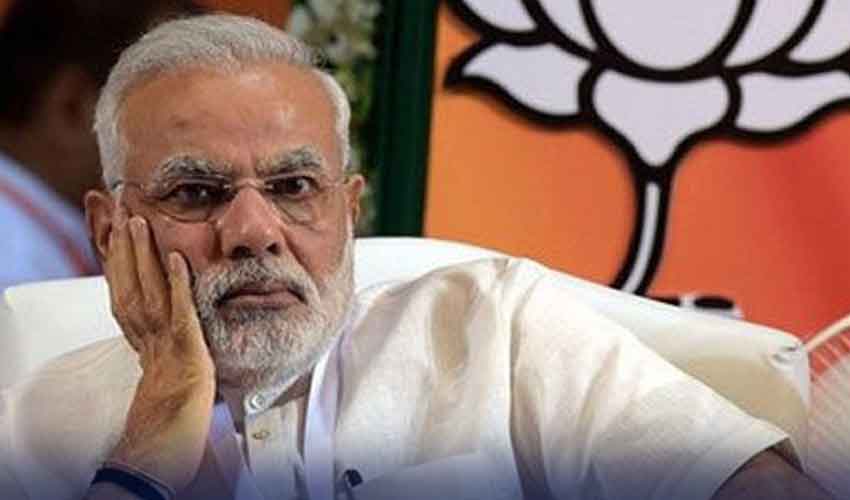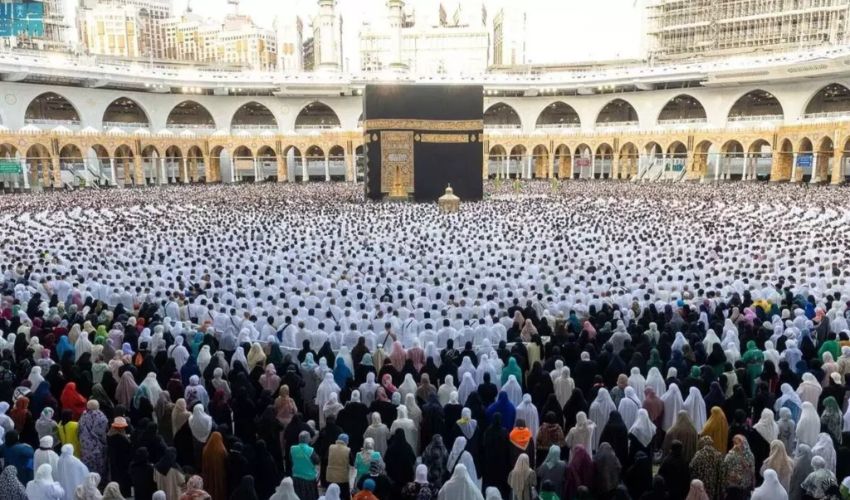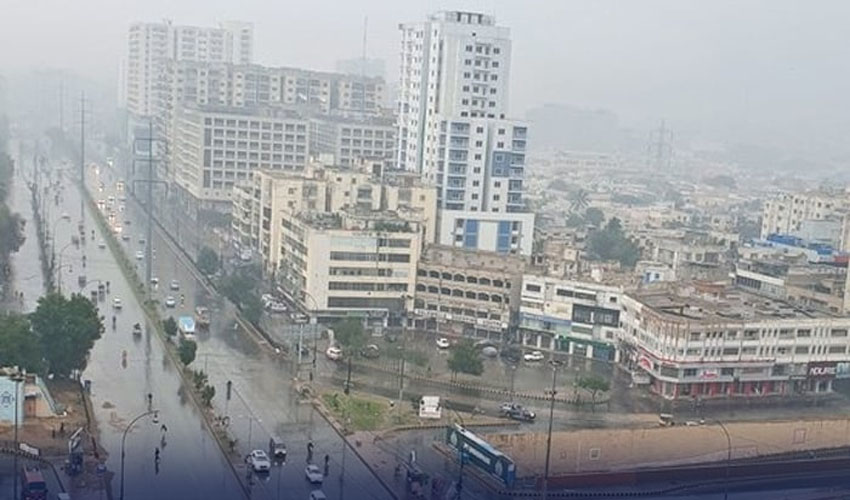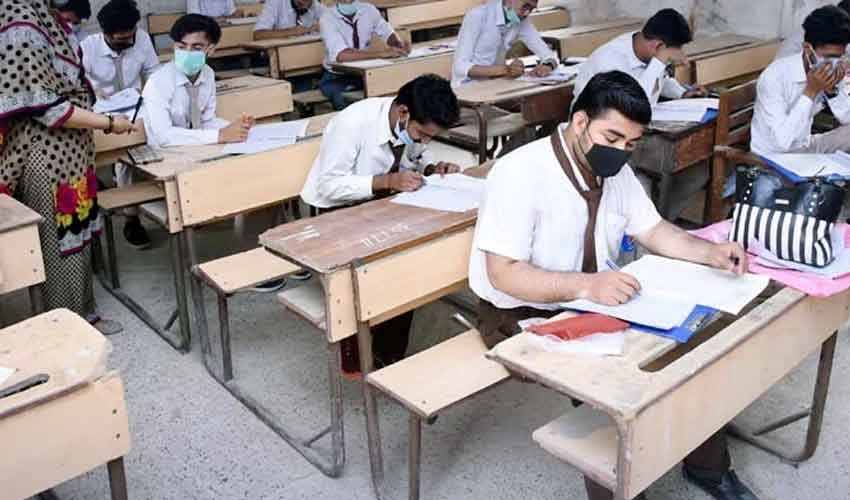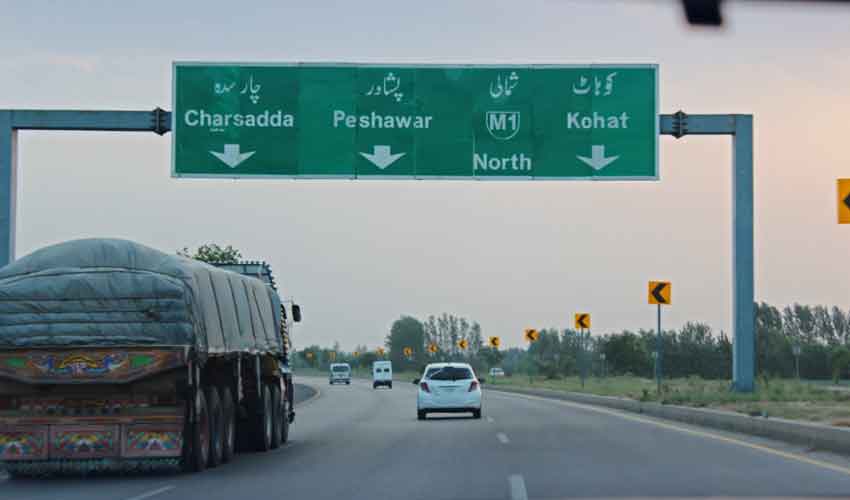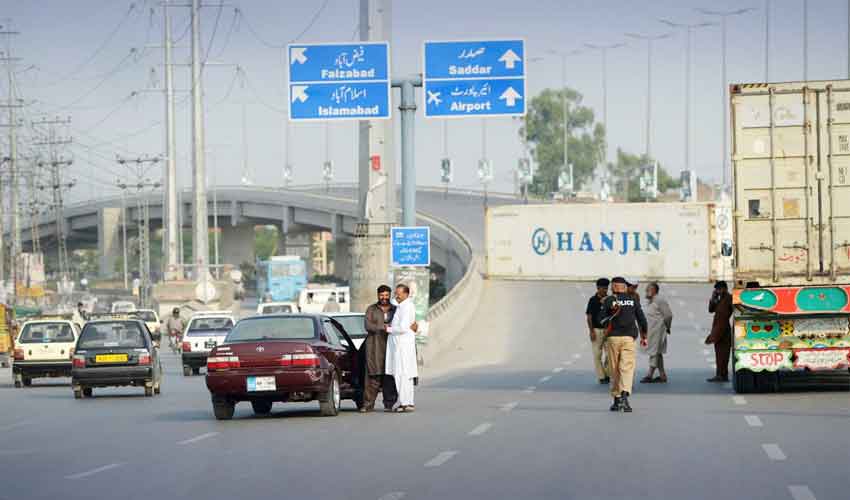Assam, a northeastern state of India, is witnessing an alarming rise in separatist movements, spurred by the region’s long-standing political instability, economic disparities, and cultural discontent.
Despite being resource-rich and strategically located, Assam has been struggling with poor infrastructure, inadequate governance, and rising poverty, all of which have fueled demands for greater autonomy and independence from India.
– A Region in Crisis –
Assam holds significant geopolitical importance, bordering Bangladesh, Bhutan, and China (Tibet), with a population of over 31 million. It is the largest state in Northeast India by population but has been facing serious socio-economic challenges for decades. According to recent surveys, 32.67% of Assam’s population lives in extreme poverty, and the region has seen rising unemployment, with 1.5 million youth reportedly migrating to other states like Kerala, Hyderabad, and Gujarat in search of work.
The state's economic conditions are further worsened by the policies of the Modi government, which critics argue have failed to address the region's fundamental issues. A 2017 World Bank report highlighted that one-third of Assam's population lives below the poverty line, making it one of the poorest states in India.
– Rising Separatism and Calls for Autonomy –
Assam’s people, increasingly frustrated with economic inequality, political neglect, and cultural marginalization, are turning towards separatist movements that have gained momentum since the 1970s. Key separatist groups, including the National Democratic Front of Bodoland (NDFB), the Bodoland People's Front (BPF), and the Karbi Anglong Liberation Front (KALF), are pushing for regional autonomy and even full independence.
These movements argue that Assam’s unique geography, language, and culture have always been at odds with India’s national policies, which they see as imposing an alien identity on the region. Moreover, despite being rich in natural resources, Assam’s lack of development and economic opportunities has led many to question the state’s future under Indian rule.
– A Broken Healthcare System –
In addition to economic and political issues, Assam's healthcare system is facing a severe crisis. Approximately 40% of the population lacks access to basic healthcare services, and the state faces a 50% shortage of medical professionals. With about 1,500 hospitals serving a population of over 35 million, Assam’s healthcare system is on the brink of collapse, further exacerbating public discontent.
– The Growing Disconnect Between Assam and the Indian State –
Looking at Assam’s current socio-political and economic landscape, it is clear that the region is on a path towards greater self-determination. With the Modi government's inability to address the mounting challenges in Assam, the region's people are becoming increasingly disillusioned with the central government. As separatist voices gain strength, Assam’s potential break from India seems more likely than ever before.





